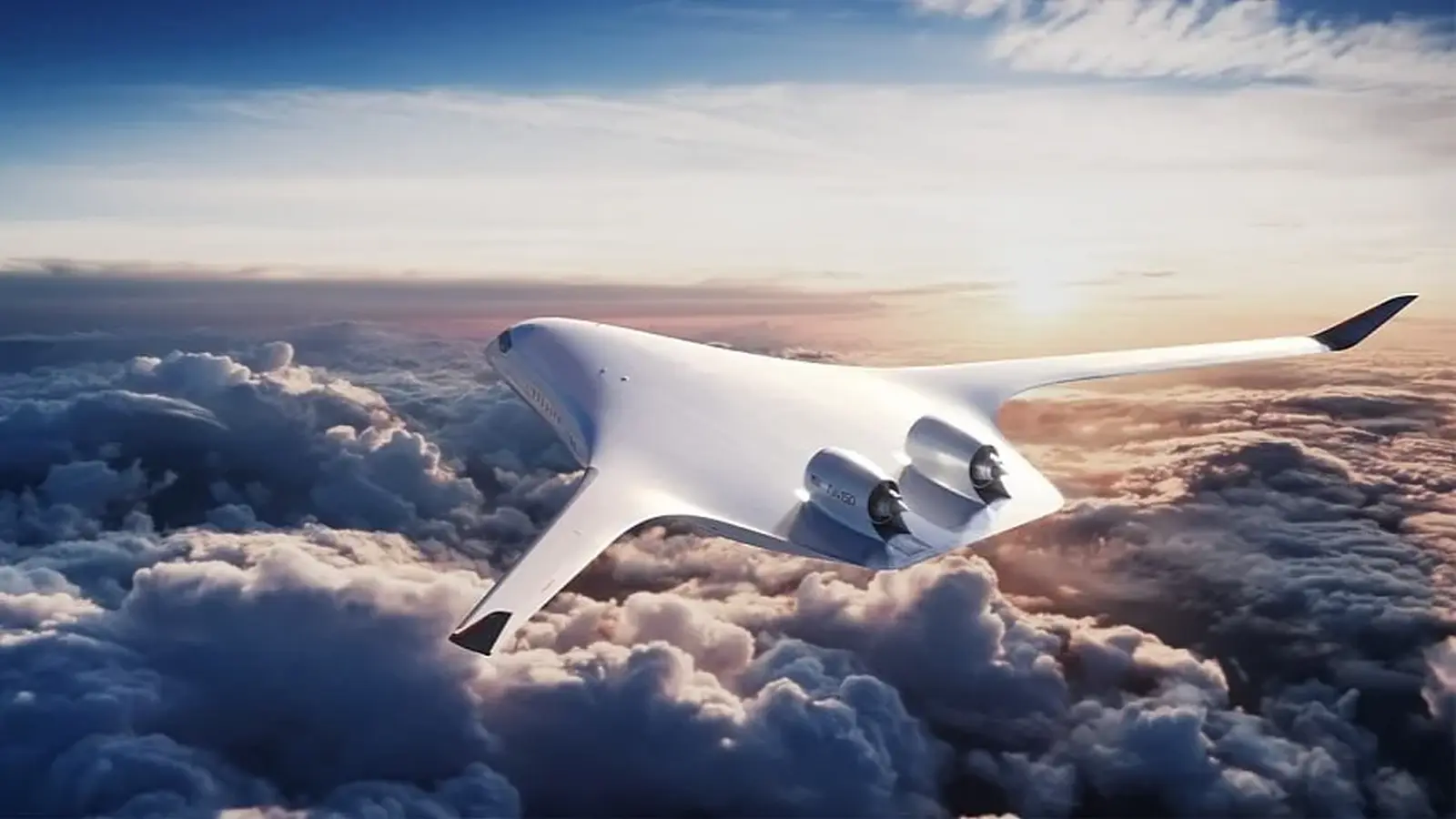5 Minutes
JetZero Z4 — a breakthrough in aerodynamic efficiency
The JetZero Z4 is being promoted as the world's first all-wing commercial airliner, and its implications extend far beyond aviation circles. For car and automotive technology enthusiasts, the Z4 represents a striking example of how radical aerodynamic thinking and alternative fuels can transform transport efficiency — similar to how electric and hydrogen drivetrains have reshaped road vehicles. With a fuselage designed as an active lifting surface, the Z4 aims to slash drag, recover lift across the whole airframe, and deliver dramatic fuel economy gains without sacrificing passenger comfort or range.
Key specifications
- Passenger capacity: 250 seats
- Range: up to 5,000 nautical miles (approximately 9,260 km)
- Projected fuel-efficiency improvement: up to 50% versus conventional tube-and-wing designs
- Potential powertrain options: conventional jet fuel now; hydrogen-powered variant under development
- Target in-service deliveries: beginning 2030
Design and aerodynamics
Unlike traditional aircraft with a cylindrical fuselage, the Z4's wide, blended-body architecture treats the fuselage as an integral wing element. This blended-wing-body approach distributes lift more evenly across surfaces, cuts induced drag, and reduces overall aerodynamic losses — principles akin to optimizing a car's body for low drag coefficient to improve fuel economy and high-speed stability. The result is a platform inherently better suited to efficient long-range cruise, with structural packaging advantages that also simplify large-volume fuel storage options such as liquid hydrogen tanks.

Performance and efficiency
JetZero projects a roughly 50% improvement in fuel efficiency compared with conventional airliners of similar size, a figure that directly translates to lower operating costs and reduced CO2 emissions even on conventional jet fuel. For car enthusiasts used to evaluating powertrain efficiency and range, think of this as the airliner equivalent of moving from a gasoline sedan to a high-efficiency EV platform: the same mission profile, but far less fuel burn per passenger-mile. The Z4's planned 5,000 nm range positions it for long-haul international routes while preserving competitive cruise speeds and cabin amenities expected by today’s carriers and passengers.
Hydrogen variant and NASA collaboration
JetZero is already working to push the Z4 further by exploring liquid hydrogen as a fuel. In November 2024, NASA awarded JetZero a grant under the Advanced Aircraft Concepts for Environmental Sustainability 2050 (AACES) program to investigate cryogenic liquid hydrogen technologies. JetZero subsequently partnered with France-based SHZ Advanced Technologies, which has experience in liquid hydrogen storage and distribution. The collaboration will assess tank integration, cryogenic systems, and refueling logistics to develop a hydrogen-powered version of the all-wing Z4 — an approach comparable to automotive makers planning both battery-electric and hydrogen fuel-cell variants on a shared vehicle architecture.

Production, manufacturing and market positioning
JetZero confirmed plans to build the Z4 at a new production facility in Greensboro, North Carolina, strategically located near Piedmont Triad International Airport. Construction is slated to start next year, with a target production capacity of 20 aircraft per month once fully ramped. Siemens is providing technical support for the facility, underlining the industrial-scale systems integration required for modern aircraft manufacturing — a process car manufacturers will recognize from high-volume EV production lines. Launch customers include United Airlines (100 firm orders plus 100 options) and Alaska Airlines (undisclosed quantity), with additional customers to be announced.
Comparisons and market outlook
Against conventional widebodies, the Z4's blended-wing architecture offers superior fuel economy and potentially lower lifecycle emissions, especially if a hydrogen variant is realized. For automotive readers, the development mirrors trends in vehicle platforms that prioritize modularity, multiple powertrain options, and efficiency as competitive differentiators. If JetZero meets its roadmap, first deliveries could begin in 2030, providing airlines with a lower-cost-per-seat, long-range alternative tailored to the next era of sustainable commercial aviation.
Why this matters to automotive and transport fans
The Z4 project highlights how advances in aerodynamics, lightweight structures, fuel storage technology, and manufacturing scale are converging across transport sectors. Car enthusiasts tracking fuel economy, powertrain innovation, and manufacturing optimization will find many parallels in the Z4's engineering decisions — from efficiency-first design to the strategic shift toward hydrogen as a zero-carbon fuel pathway.
Source: autoevolution


Leave a Comment